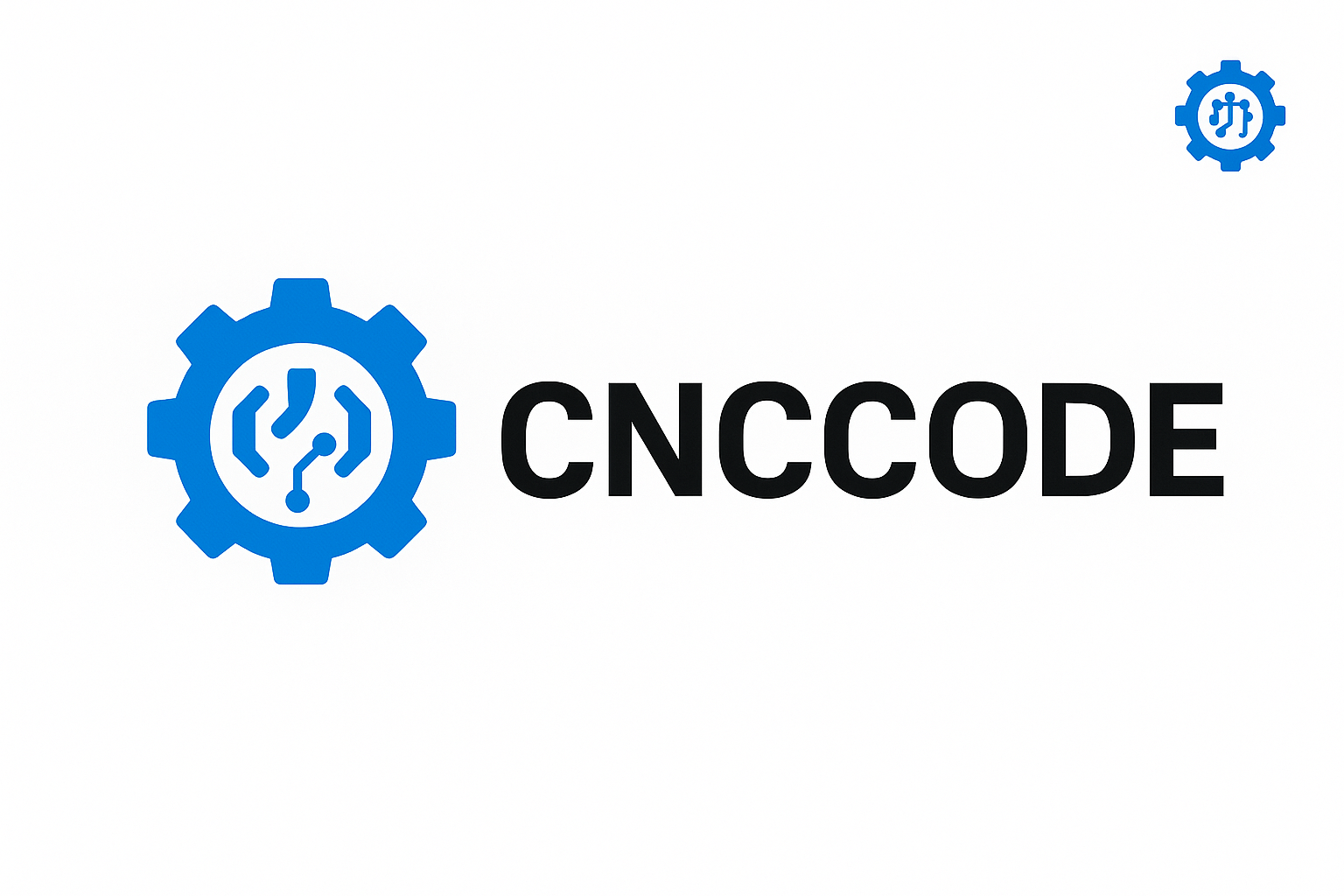Learn how 5-axis CNC machining is transforming industries with unmatched precision, efficiency, and complexity. Discover tips, best practices, and real-world applications in this comprehensive guide.
Introduction: The Era of Multi-Axis Mastery
In the precision-driven world of modern manufacturing, 5-axis CNC machining stands as the gold standard for producing complex parts with unmatched accuracy. From aerospace turbine blades to orthopedic implants, this advanced machining technique allows manufacturers to reduce setups, improve surface finish, and create intricate geometries that traditional 3-axis systems simply can’t handle.
Whether you’re a seasoned machinist or exploring advanced automation for your shop, this guide will give you the edge to master 5-axis machining like a pro.
Section 1: What Is 5-Axis CNC Machining?
5-axis machining refers to a CNC system that moves a cutting tool or part along five different axes simultaneously:
- X, Y, Z (Linear motion)
- A (rotation around X) and B (rotation around Y)
Benefits:
- Machine complex parts in a single setup
- Drastically reduce lead times
- Superior surface finishes on curved surfaces
- Fewer fixtures = less cost
Section 2: Why Manufacturers Are Upgrading
Industries like aerospace, automotive, defense, and medical now demand precision tolerances that only 5-axis can provide.
Real-World Advantages:
- Aerospace: Manufacture turbine blades with twist angles and undercuts
- Medical: Mill orthopedic parts like bone plates and implants
- Automotive: Produce intake manifolds, transmission cases, and molds with one setup
Section 3: 5-Axis vs 3-Axis: A Game-Changer
| Feature | 3-Axis | 5-Axis |
|---|---|---|
| Setup Time | High | Low |
| Accuracy | Moderate | Ultra-High |
| Surface Finish | Average | Excellent |
| Complexity | Limited | Unlimited |
Section 4: CAM Programming for 5-Axis
With great power comes complex programming. That’s where modern CAM software steps in.
Pro Tips:
- Use swarf milling for thin-walled components
- Simulate toolpaths with collision detection before cutting
- Leverage tool center point (TCP) control to simplify code
Section 5: Machine Selection Guide
When choosing a 5-axis CNC machine, consider:
- Swivel head vs. trunnion-style design
- Controller compatibility (Fanuc, Siemens, Heidenhain)
- Table size and weight limits
- Linear vs. rotary scales
🛠 Recommended Brands:
- DMG Mori
- Haas UMC Series
- Mazak Integrex
- Hermle
Section 6: Challenges and How to Overcome Them
Even expert shops face hurdles with 5-axis systems.
Top Challenges:
- Post-Processor Complexity: Work closely with your CAM vendor
- Tool Interference: Simulate everything
- High Learning Curve: Invest in training and apprenticeships
- Cost: ROI is high over time—start with hybrid 3+2 systems if budget-limited
Section 7: Future of 5-Axis Machining
The integration of real-time monitoring, adaptive AI, and hybrid additive-subtractive systems will make 5-axis machining even more powerful.
Watch for:
- AI-optimized 5-axis toolpaths
- 5-axis CNC + laser sintering hybrid machines
- AR-guided setup & maintenance
Conclusion: Become a 5-Axis CNC Expert
Mastering 5-axis CNC machining is no longer an option for high-end manufacturing—it’s a necessity. With the right machine, software, and training, your workshop can outperform global competitors and deliver excellence every time.
Visit cnccode.com to explore tutorials, machine reviews, 5-axis projects, and community discussions!

Leave a comment